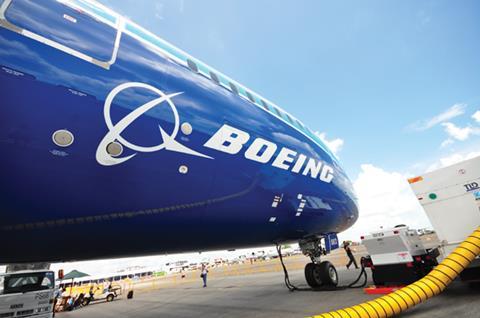Author Dr Alan Punter gives StrategicRISK a sneak preview of the findings of Airmic’s latest supply chain report

The long-awaited report, Supply chain failures: a study of the nature, causes and complexity of supply chain disruptions, is launched at the conference today. It follows on from last year’s review of supply chain insurance, and identifies the common factors that have led to some of the world’s major supply chain disruptions.
Authored independently by Cass Business School honorary visiting professor Dr Alan Punter, the report examines 17 case studies. The result is a comprehensive report identifying seven key elements underpinning the biggest supply chain disruptions of the past 20 years.
Although the report has been designed to encourage readers to draw their own conclusions, one of the key messages, Punter says, is that risk managers need to take a holistic approach.
“An enterprise-wide approach to managing the risks in the supply chain should be adopted, otherwise you will not have a clear and co-ordinated system - the design, manufacturing, purchasing and risk management departments need to all work together.”
Airmic technical director Paul Hopkin adds: “Risk managers should talk to their operations people, their procurement people and get under the skin of their business model.
“Our approach was to look at the common reasons for failure, and so the report should provide some useful insight.”
Here, we unveil five of the seven conclusions:
1. Off-shoring
The supply chain is now an international network of suppliers and service providers. The level of risk has increased and managing the process has become increasingly complex for many organisations.
2. Increasing complexity of supply chain
Manufacturers and those in the supply chain have been found subcontracting out the production of goods without consent, meaning that suppliers have been added to the supply chain often without businesses being aware of it.
3. Cost pressures
The pursuit of cheap goods has placed pressure on the supply chain. Organisations are looking for the lowest production costs, placing pressure onto contractors to offer competitive prices. This has led to many businesses cutting corners and compromising on ethics and corporate responsibility.
4. Geographic clustering
Businesses whose main supplier and back-up supplier are in the same vicinity are at greater risk of supply chain disruptions, particularly in instances of widespread natural catastrophes. The Japanese earthquake and tsunami in 2011 brought down both principal and back-up suppliers for many businesses.
5. Modern communication
The growth of social media has increased the risk of brand damage. Businesses linked to supply chain disruptions face greater challenges to protect their reputation as many consumers use social media platforms to express opinions. This was the case when G4S failed to supply enough security guards for the London Olympic Games.
Key case studies
- Boeing 787 Dreamliner, 2013
- Japanese earthquake and tsunami, 2011
- Thai floods, 2011
- Nestlé’s Kit Kat attacked by Greenpeace for using unsustainable supplies of palm oil, 2010
- Mattel recalls millions of toys, 2007




















No comments yet